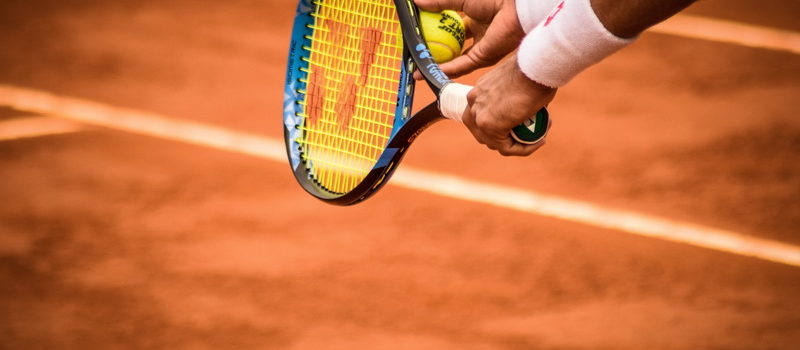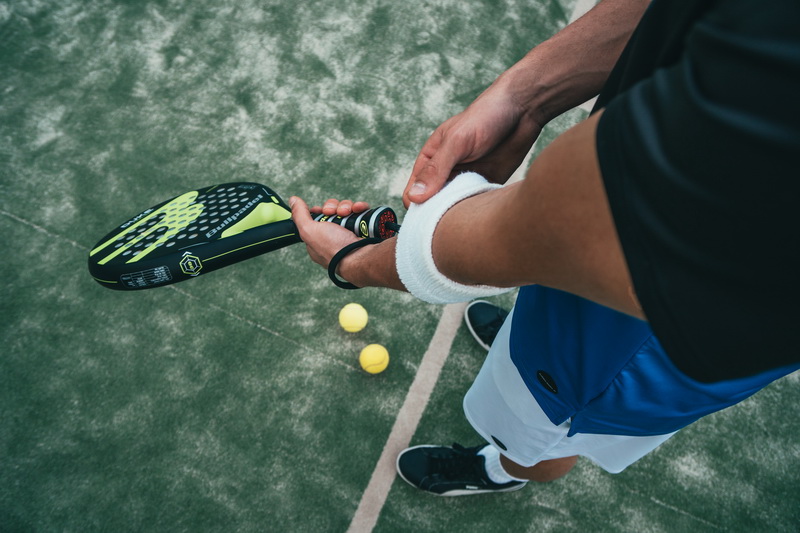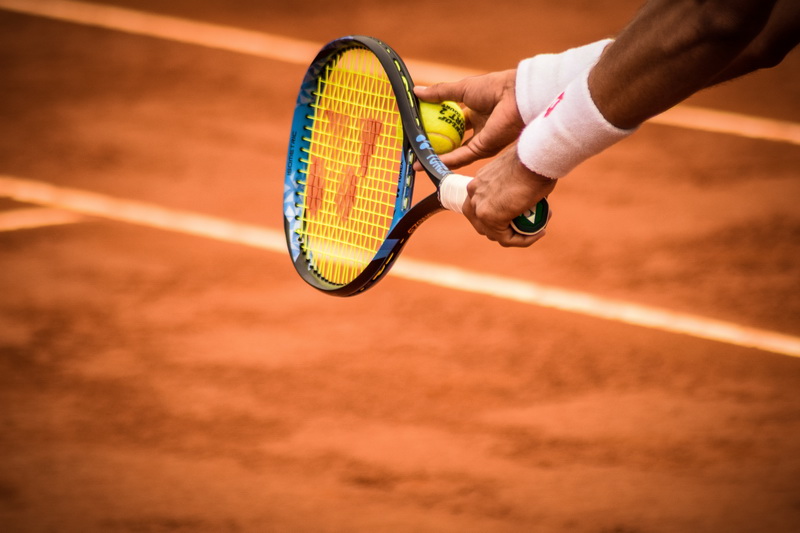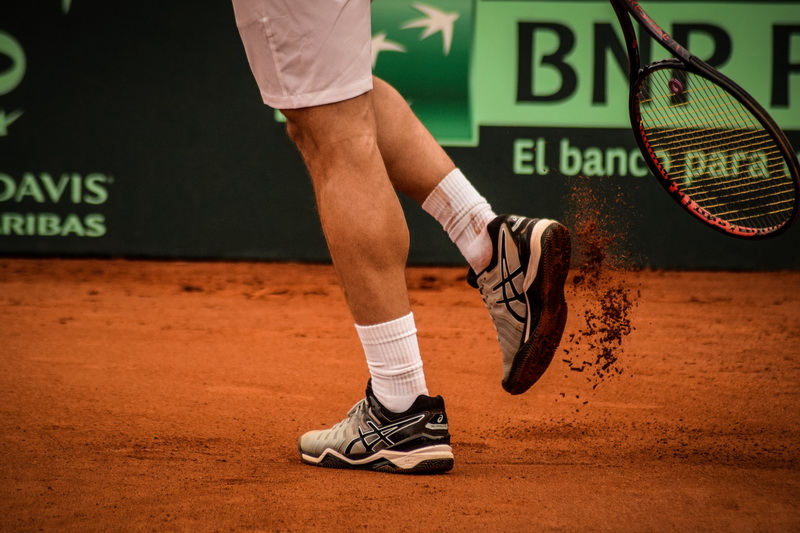

Summer brings countless opportunities to do outdoors activity and enjoy it, Tennis is a great aerobic activity that works out many parts of the body and can help you stay in shape.
Tennis has many proven health benefits, such as improving cardiovascular fitness, balance, motor control, hand-eye coordination, bone strength, and flexibility.
However, injuries can and do occur at all skill levels, from beginners to the pros. Below, we describe some of the most common tennis injuries, as well as tips on how to avoid them.
One of the great things about tennis is that it can be played on a variety of surfaces, such as clay, grass, and hard court. It also requires lots of speed, power, balance and coordination in order to play efficiently.
Unfortunately, the combination of these factors—as well as the general repetitive nature of tennis—creates a situation where various injuries to the elbow, wrist, knees and ankles are likely to occur.
-

Tennis
Tennis Elbow
Medically known as lateral epicondylitis, “tennis elbow” is caused by inflammation of the forearm muscles and tendons on the outside of the elbow. Tennis elbow is often caused by overuse – from too much repetition or improper technique. Common symptoms of tennis elbow include pain localized to the outside of the elbow and moderate to severe pain with certain movements of the wrist.
Tennis elbow can be caused by improper backhand technique or body positioning, combined with late strokes or “wristy” impacts. Try switching to a two-handed backhand (if you currently use a one-handed technique) to relieve the stress on the muscles and tendons in the forearm and elbow. It is also important to make sure that the equipment you are using is the right size and fit.
Treatment includes rest, ice, compression, and elevation (RICE), anti-inflammatories and in some cases an elbow support. Claire advises that if you have tennis elbow you need to address it immediately to avoid it becoming chronic. Special physical therapy exercises for stretching and strengthening the forearm muscles are beneficial.
Rotator cuff tendinitis
The rotator cuff is a group of muscles and tendons that surround the shoulder joint, allowing for multi-directional motion and stability. Rotator cuff tendinitis occurs when these tendons become inflamed, resulting in pain with overhead movements and limitations in shoulder motion and function.
Rotator cuff tendinitis is often caused by excessive overhead serving. Changing your technique to increase the angle between your arm and your side to more than 90 degrees will decrease tendon strain and minimize the chance of injuring your rotator cuff. Additionally, making contact with the ball overhead when it is slightly in front of you, as opposed to directly above or behind you, also will lessen the strain on these tendons.
Similar to tennis elbow, the first line of treatment is rest, ice, and NSAIDs. Physical therapy to improve the range of motion and strength of the rotator cuff muscles is important in returning to activities.

Ankle sprain
An ankle sprain (also known as a “twisted” or “rolled” ankle) occurs when one or more of the ligaments attached to the ankle joint is stretched or partially torn.
If you suffer a sprained ankle, it is important to carry out the PRICE procedure (Protection, Rest, Ice, Compression, Elevation) as soon as possible. In addition to his, when you’re ready it can also help to have rehabilitation sessions with a chartered physiotherapist to help build up the strength of your injured ankle ligaments.
Since most of these injuries are due to overuse, it should be refreshing to know that in many cases they can be minimized or prevented entirely with proper conditioning and techniques that will also improve your game. We recommend the following:
• Maintain adequate fitness and flexibility levels with conditioning exercises that are specific to the physical demands of tennis
• Be sure you’re using proper footwear and equipment; most tennis shoes are more robust than running shoes due to their multi-directional purposes
• Always warm up and stretch before playing, and cool down afterwards
• Avoid over-repetition of any one type of shot; instead, practice a range of strokes
• Perform strengthening exercises, especially for your arms and core muscles, to prevent overuse injuries that occur from weakened muscles
• Have an expert evaluate your gameplay to ensure your techniques are being executed correctly, and focus on improving areas that need work
Don’t let an injury interfere with your time on the tennis court. For more guidance on conditioning and strengthening exercises that will help you prevent an injury, Health Plus Physical Therapy & Rehabilitation in Edison, NJ can help. Call us at 732- 494-5999 for more information or to schedule an appointment.
